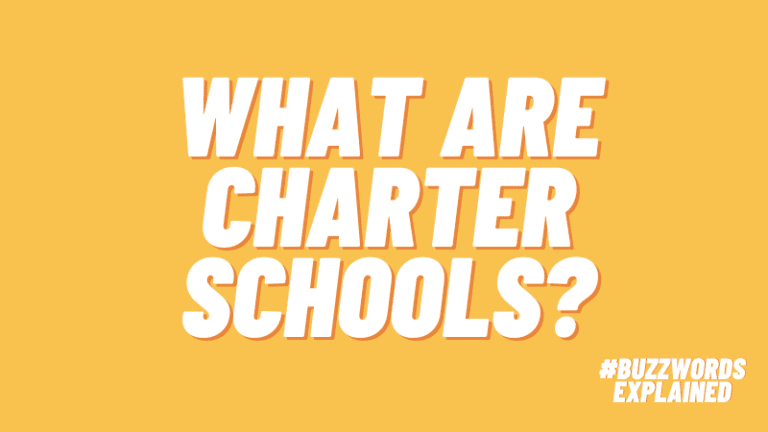There is a challenging reality for administrators when it comes to helping at-risk students. These students may require temporary interventions to succeed academically and/or behaviorally. Many of these students do not have the skills to respond appropriately to the expectations of classroom teachers and administrators. So, here is a simple approach that can dramatically help at-risk students at your school:
Take a proactive approach for at-risk students.
Research supports a more proactive, positive approach. The key to effectively supporting at-risk students is to create opportunities for them to develop a trusting relationship with an adult at school. One great method for doing this is called the check-in/check-out method.
Create opportunities for at-risk students to develop trusting relationships.
An effective check-in/check-out system is one where students have regular interactions with a trusted adult. These interactions are positive and used to build the kinds of relationships with students that may not otherwise develop. These scheduled interactions include a check-in, usually at the beginning of the day. They include ongoing reinforcements throughout the day. Then, they are followed up with a check-out at the end of the day.
Maintain structured focus during meetings with at-risk students.
The student and the check-in/check-out coordinator’s interactions have specific, structured focus. They cover general updates and conversations about school or the student’s interests. They also include specific behavior or academic issues that the student may be exhibiting or experiencing. During the check-in/check-out interactions, the trusted adult and student may collaboratively discuss ways to improve behavior. Together, a student and their trusted adult may establish positive social or behavioral goals with both positive and negative consequences.
Continue to foster positive interactions for at-risk students and adults.
Far too often for students identified as at risk, the majority of their interactions with school building administrators is negative or consequential. These ongoing negative interactions foster a sense of mistrust between at-risk students and building personnel, which furthers isolation. A system of positively focused meetings with students can proactively create a more supportive environment for students. This encourages and fosters positive behaviors and social interactions.

How does it work?
An effective check-in/check-out system follows these general steps:
1. Student checks in with identified adult
There they positively engage in general conversation, updates, and review of social and/or academic goals.
2. Student participates in the typical school schedule for the day
The student receives ongoing, consistent, positive feedback from adults focused on social and/or academic goals, such as positive reinforcements and encouragement.
3. Student checks out with identified adult at the end of the day
At this point, social and/or academic goals are reviewed for successes and areas in need of improvement.
A regular group of accessible trusted adults is key to success
School leaders must have access to appropriate adults they can identify and match with students to serve in this capacity. In addition, a trusted adult in a check-in/check-out program must be:
- in the school building daily;
- afforded a flexible schedule to meet with students at the beginning and end of the day;
- well respected by students, families, and other faculty;
- an effective communicator and well versed in positive, proactive behavior support techniques;
- flexible, positive, and friendly.
Administrators are responsible for the success of every student on campus, even the ones who pose the greatest challenges. Implementing a simple support system can be effective when other plans have failed. A well-planned check-in/check-out program can also improve student accountability and offer much-needed structure. This often help students internalize successes, leading to sustainability and long-term success for at-risk students.
Join our Facebook group Principal Life for more conversation about and insights into the challenges of school leadership.

